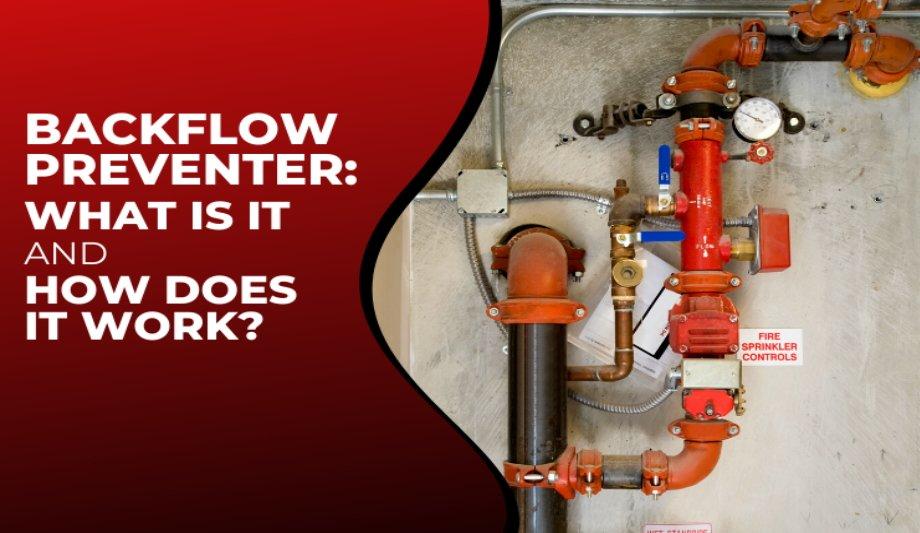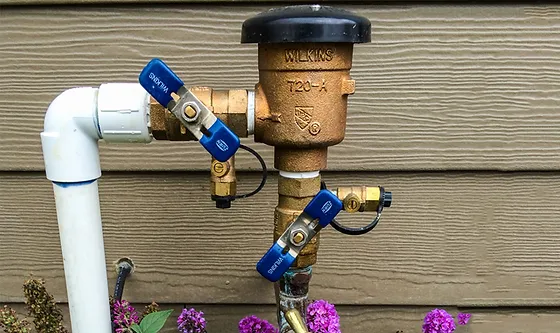Backflow Prevention

Another important part of maintaining a safe water supply and delivery system is to prevent contaminants from entering the system at the point of delivery. In order to comply with City of Phoenix Ordinance No. 708 Rules and Regulations for Backflow Prevention, in compliance with OAR (Oregon Administrative Rules) Chapter 333-61-070, if there is a cross connection on your property, such as a sprinkler system, a backflow prevention device must be installed and tested annually by a certified tester to prevent unpottable water from entering the household and City water supply.
The City of Phoenix has contracted with Rogue Valley Backflow Service to test backflow devices within the City. Most device testing takes place between the months of June and September. The cost of the test is $26.00 and will be added to your water bill after testing is completed. If you choose to use your own tester or have further questions please contact the Public Works Department at 541-535-2226.
Understanding Backflow
Normally, pressure forces water to flow from the public water system to the locations where it is used. But occasionally, a reduction in pressure can occur which allows backflow or a reversal in the direction of flow.
If a customer's piping is in contact with water which has become contaminated when this backflow occurs, tainted water may be drawn back into the drinking water supply, thus compromising water quality.
Sprinkler Systems
Much of the focus of our residential backflow prevention program is on underground sprinkler systems. Water in irrigation pipes can be contaminated with garden chemicals and microorganisms. Because of this, landscape irrigation systems always require installation of backflow prevention devices. State health rules stipulate that all of these devices, except Automatic Vacuum Breakers, are to be tested each year. Many new homeowners install underground sprinkler systems as on of their first home improvement projects. It is hoped that we can assist you in avoiding the need for making later corrections.
Your Role
- Obtain a plumbing permit from your local Building Department
- Have backflow prevention device installed on your new sprinkler system
- Arrange to have your backflow prevention device tested
Do-it-yourselfers may obtain brochures with more information on the various backflow devices and their installation requirements from local irrigation suppliers. In some circumstances, other plumbing items may also need backflow protection. Examples are solar panels, pool equipment, hot tubs, ponds, and fire sprinkler systems.
Ask us for more information if these apply to your home.For more information, please contact Public Works at (541) 535-2226

